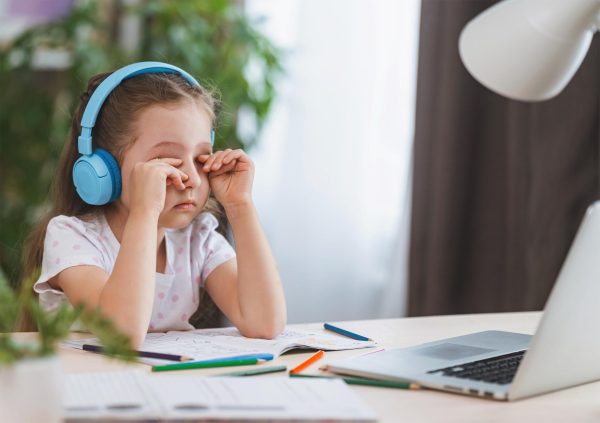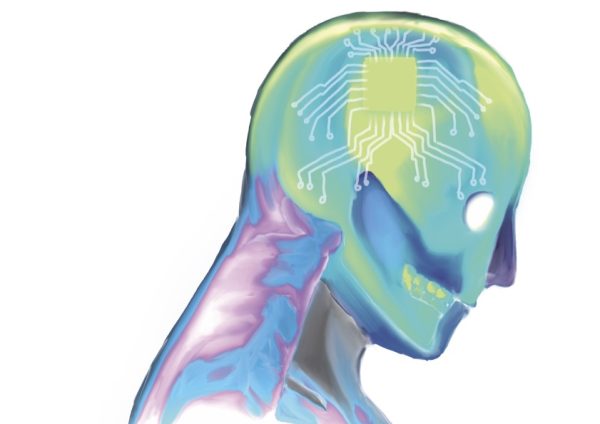Tool or Temptation?
Technology has been heavily weighed into schools’ curricula and teaching styles. Although it is a powerful tool for students of all ages, it may be especially influencing the younger generation.
April 10, 2023
Today, touch screens and desktop computers are an essential part of every classroom and a huge adjustment from the past for teachers.
In this digital age, technology is now always being utilized in classrooms— but they have grown increasingly more popular in classrooms, especially after the pandemic required everyone to use technology from home. Now, it seems every teacher has some sort of technology incorporated into their teaching lifestyle.
Technology offers students quick access to knowledge, rapid learning, and enjoyable opportunities, putting what they have learned into practice. It also allows students to go deeper into challenging ideas and explore new disciplines.
“Technology has changed the game for schools, especially in STEM when tackling complex equations and concepts,” said Interim Co-Director of Technology, Ms.Hale.
Not only this, but technology makes learning more accessible for students that are remote or have disability needs.
Although technology is meant to elevate schools, it is without a doubt that they come with distractable downsides.
“There was a study recently conducted that humans have a attention span less than a goldfish, and this may be the cause of technology, specifically social media,” said Ms.Hale.
The impact technology has had on students in high school and college has been detrimental to their learning— it was reported when students were allowed to have a phone during class, 42% of the time was text, tweet, or engage in social media rather than pay attention to the lesson.
Not only is it harmful to our cognitive learning, but also using computers and other technology for the whole school day impacts our physical health, as well. Things like screen time, poor sitting posture, and screen brightness are all played into effect when staring at a screen for six hours a day at school, which is not counting hours after school dedicated to homework.
According to New Acropolis International Organization, 51% of high school students reported that they have cheated during exams, and technology has made this process easier to cheat.
And now with the rising of programs like Chat GTP that is writing papers for students, it’s tempting to give in to technology— especially since these resources are free.
The biggest problem at hand is how the digital age will affect the youngest generation of students. 45% percent of schools have reported offering computers for each elementary school student. Using technology daily in classrooms will change how they communicate with peers and negatively affect children’s development of social skills, relationships, and overall ability to focus.
“Technology has changed the game for how the younger generation builds social skills, and eventually, how they become future people in our world,” said Ms.Hale.


















